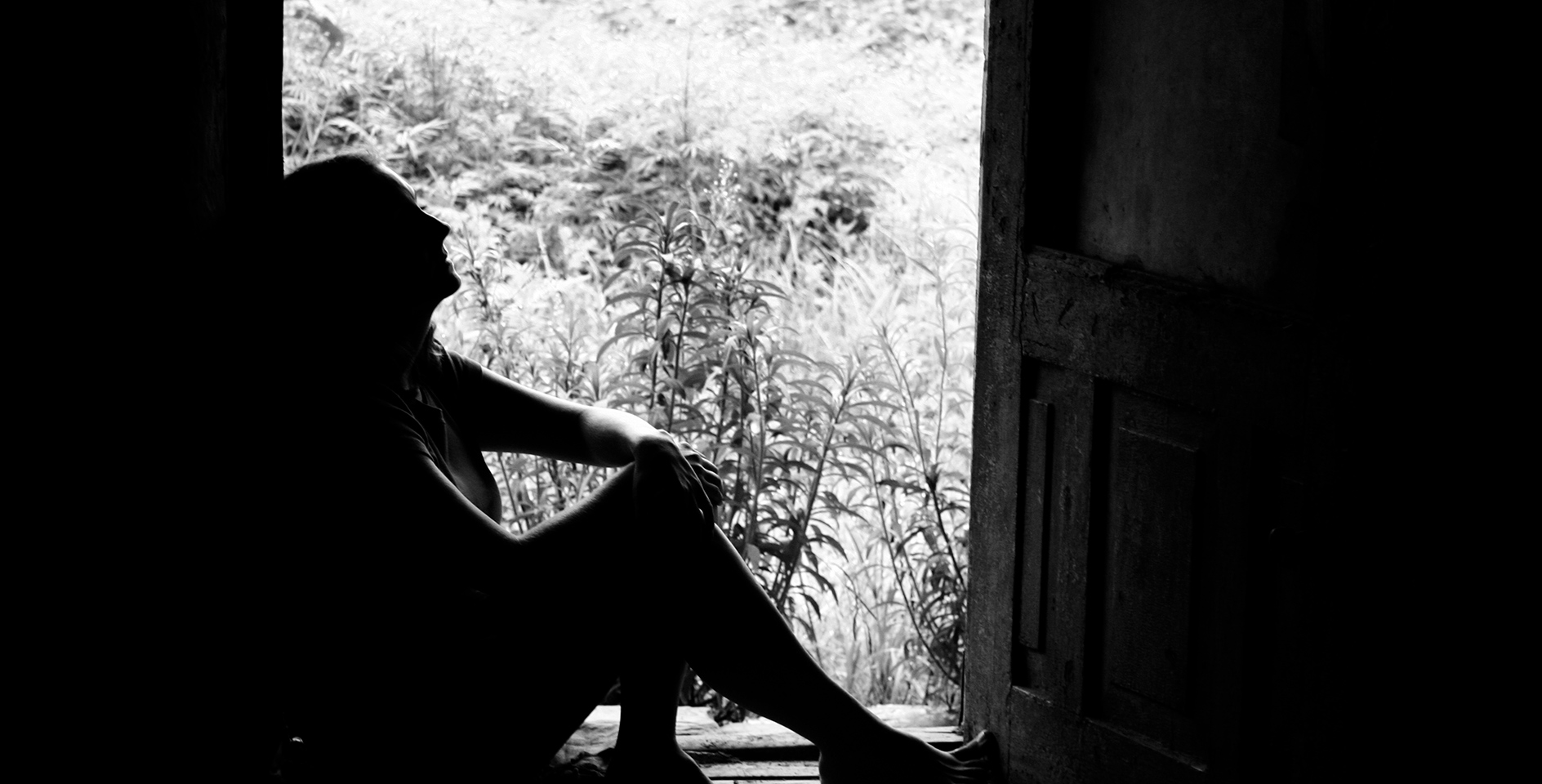The Bible neither covers up nor ignores sexual assault. In fact, biblical law shows how the Lord takes up the cause of the victim and the vulnerable. Deuteronomy 22:25-27 safeguarded the survivor of sexual assault from being unjustly blamed or ignored. In ancient Israel, this law established a pattern, an ethical framework by which God’s people could discern specific situations that it didn’t specifically address. And, like all of God’s laws, it reveals his character.
Isolated and overpowered
Deuteronomy 22:25-27 presumed the innocence of the unbetrothed woman who was sexually assaulted. This law notes that she was found in a field, a contrast to the previous law in vv. 23-24, which occured in a (presumably) populated city. The scenario describes a woman who was isolated from help.
Along with the location described in this law, the language is also significant. Unlike either of its two surrounding laws—both of which address the category of a woman’s guilt or innocence in sexual integrity (vv. 23-24; 28-29)—Deut 22:25-27 includes the Hebrew verb chazaq, which, in this form, implies violence.[1] Chazaq can refer to the violent overpowering of another person,[2] and, in the context of this text, describes coercive force, i.e. rape.[3] The two accounts of rape in the Bible that occurred after the Law was given—The Unnamed Concubine in Judges 19, and Tamar in 2 Samuel 13—both include this word, chazaq.[4]
Biblical law was revolutionary for the dignity of women.[5] Scripture recognized rape as a violent crime. In fact, biblical law considers rape on par with murder. She was the non-consenting victim of premeditated violence.[6] The attacker alone is held guilty. Because she was overpowered and did not consent, the victim is considered blameless.[7]
Consent is the key factor here. Many women who have been assaulted share how they froze during the attack. They couldn’t move. They couldn’t even scream. And they didn’t even understand why. In the aftermath, they wonder if they did something wrong. I believe this passage of Scripture comes to their defense. The issue was not how the woman expressed her lack of consent. The issue was that she did not consent. She was overpowered, exploited, and unwilling. And, according to the principle expressed in this law, she was innocent.
Another aspect of this law rivals our modern Western culture: The woman was believed on the basis of her testimony. Biblical law sides with and defends her, despite the lack of witnesses. This law not only found her blameless, but also allowed no inference that she was at fault for the attack. In other words, the problem was not that she had done something to be assaulted; the problem was that someone assaulted her.
Our responsibility
For the Israelite woman who was raped, this text ensured that she was heard. She was believed. These laws created an environment in which a survivor of assault already knew that she would be safe and protected by the community. In our own communities, this should reinforce our responsibility to treat accusations of rape as credible.[8]
After analyzing reported cases of sexual assault over a 10-year period, a 2010 study found that between 2 and 10 percent of accusations were false.[9] Yet, even this fails to represent the rarity of false accusations, since it only includes reported cases. This same study also found that many victims of sexual violence did not report the crime because they “did not think anything would be done about it.”[10]
Biblical law sets a different precedent. When the survivor of assault revealed what happened to her, she would be believed. The people of God came to her defense. The severity of sexual assault in biblical law compels us to hear, protect, and defend the dignity of every woman, especially the one who breaks her silence about rape.
God was not silent about rape. He defended the woman who had been sexually assaulted. He believed and protected her. And so must we.










